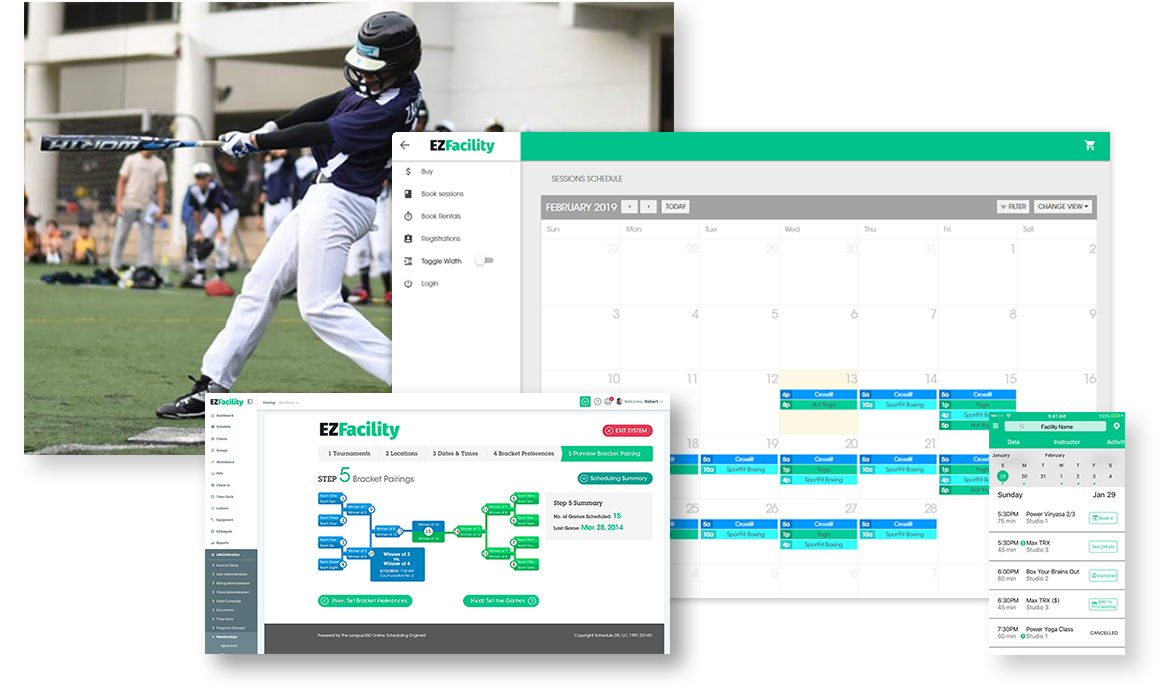We all know there are gyms and health clubs all over the place–and, at their core, they all offer essentially the same thing: a place to work out and improve physical health. With so much variety among competitors, it can be challenging to figure out how to attract potential clients and retain your existing ones.
To remain competitive, it’s important to stand out rather than to fit in. So, what can you do to differentiate your gym from competitors?
Read on to learn four ways you can make your gym shine and stand out amongst your competitors.
1. Focus on the Member Experience
In today’s increasingly digital world, ensuring a positive member experience is more important than ever. A great customer experience provides your business with a competitive edge, improves customer satisfaction and customer engagement, and helps you attract potential clients. Conversely, a bad experience has the opposite effect, and can quickly lead people to cancel their memberships, or leave negative reviews online and on social media.
The experience you provide is what makes your gym unique, and it’s what attracts people to your products or services over your competitors. Providing a great member experience gives you a competitive edge, and it’s critical to creating a positive association with your brand, and building a community of loyal, engaged members.
The member experience begins at the first point of contact with customers and encompasses all the touch points throughout the customer journey. To ensure you’re providing a positive member experience, you need to continuously offer exceptional customer support, anticipate customers’ needs and expectations, and make your members feel like your gym offers something they can’t get anywhere else.
2. Expand Your Digital Fitness Offerings
Online training and on-demand classes were perfect solutions for fitness businesses trying to stay afloat and generate new income streams during worldwide lockdowns and forced business closures caused by the COVID-19 pandemic. In fact, online training became so popular during the pandemic that it secured the no.1 spot in ACSM’s 2021 fitness trends report.
The demand for digital and hybrid fitness options isn’t going away any time soon. Many members have grown accustomed to the flexibility, and they still want the option to go to the gym a few days a week, or to get their workouts done at home.
To stay competitive in 2022, fitness businesses should continue to focus on expanding, improving, and marketing online fitness offerings. Consumers now expect a hybrid combination of in-person and online workout options, and they want to be able to research, book services, and communicate with brands easily.
3. Showcase Online Reviews & Member Testimonials
When it comes to business, nothing speaks louder than results. And in the fitness industry, customer reviews and testimonials are a powerful way to showcase results, build trust, demonstrate your ability to deliver an exceptional member experience, and offer social proof that you’re able to help clients achieve their goals.
Your online presence will affect everything from how many people follow you on social media to your company’s bottom line. For fitness businesses, a positive reputation can help attract new potential clients, entice a better selection of prospective employees, create more business opportunities, improve your local search engine rankings, and more. Conversely, a negative reputation can lead to loss of sales, membership churn, high employee turnover, and other costly consequences.
When a potential client is considering making a purchase decision, they want to make the best choice—and they base their decision on which product or service appears to be superior. Nearly 90% of consumers worldwide make an effort to read reviews before buying products, and 86% of customers rely on word of mouth recommendations and online reviews. These statistics illustrate the importance of your online reputation and digital footprint, as well the impact of positive reviews.
4. Streamline Operations
Gym management software continues to grow in popularity given its ability to increase efficiency and productivity, reduce the risk of human error, save time and money, and enhance the member experience. On top of that, the low upfront cost structure of a cloud-based software solution makes it a financially attractive option for fitness businesses of all sizes.
Gym management software—also sometimes referred to as membership management software, a facility management system, or a gym software solution—is a platform of tools that will centralize and streamline your facility’s operations.
Gym software makes it easy for members to update payment information, pay outstanding balances, view your calendar, schedule sessions, purchase packages or memberships, register their kids for summer camp or soccer clinics, and more—all online, and all on their own.
Conclusion
For a gym owner to be successful in today’s business climate, it’s imperative to get onboard with the fitness industry’s shift to digital, and to invest in a gym management system that can accommodate changing business needs, in addition to the needs of employees and members.
To learn how EZFacility’s comprehensive gym management software can help you easily connect with members and potential clients, convert leads into long-lasting relationships, and streamline operations so you can focus on the most important aspects of running your business, schedule a free demo and personalized product tour today.
























